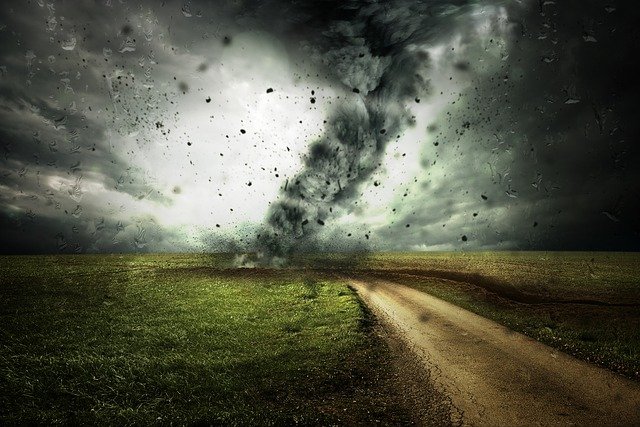Peak Hurricane Season Renews National Call for Disaster Response Safety Precautions
Image by Comfreak from Pixabay
Peak hurricane season is in full swing, and as response crews answer the call to help those in need, the United States Department of Labor’s Occupational Safety & Health Administration (OSHA) is pointing toward heightened awareness of the hazards such disasters cause.
From damaged structures to debris and fallen trees, the danger does not end after the storm has passed. Such warnings are not taken lightly by restoration response teams who have descended upon the south to help in the continued cleanup efforts for recent storms like Hurricane Ida.
The importance of safety protocols and proper protective gear is heightened in a disaster, especially as responders travel to new areas and meet with uncertain conditions. As response teams remove debris and repair damage caused to buildings by the wind and water, the right training and effective equipment are non-negotiable.
Restoration industry leaders like BluSky Restoration Contractors, LLC. understands disaster protocol and the heightened precautions necessary to work safely and efficiently in these conditions.
“We take the safety and preparedness of our catastrophic response teams seriously,” says a BluSky representative. “When we step into the devastation and destruction of a storm’s aftermath, our goal is recovery and cleanup with safety as a top priority. We are there to serve communities safely and responsibly as we help them restore their homes and businesses to pre-storm conditions.”
When entering any new worksite, OSHA encourages a preparedness plan and an evaluation of the site to identify all potential risks to safety and hazards to health. Restoration teams are trained to evaluate risk as they surveil damage to a property, and the CAT teams must be vigilant when responding to a large disaster that brings multiple risks into play. Violent storms can disrupt electrical lines, create exposed sharp objects, and release hazardous substances that pose a threat to workers.
As relief efforts are underway, the importance of understanding local hazards and eliminating them can mean the difference between a job well done and a serious injury. Whenever possible, mitigating a hazard completely is encouraged, and when exposure is unavoidable, reducing exposure becomes the second-best option to diminish the chance of injury. Disaster response teams are highly trained to work amid risky circumstances while avoiding injury.
Personal protective equipment provides coverage and defense to the body in hazardous circumstances and is often customized based on the type of disaster, climate, and current weather conditions, as well as the terrain. Proper PPE may include the following:
- Clothing appropriate for extreme weather conditions
- Rain gear
- Water-resistant or water-wicking clothing
- Sunscreen and insect repellents
- Proper headgear or hat
- Glasses, goggles, and protective eyewear
- Flashlight with backup batteries
- Hand sanitizer and disinfectant
- Gloves and other hand protection
- Proper footwear
- High-visibility apparel
- Masks and respiratory protection
- Hearing protection
The property damage that occurs during a large natural disaster creates a myriad of risks to the response team, and it is imperative that teams assess risk and respond to it with caution. Structural instability compounds with the exposure of toxic materials such as asbestos, lead, and other chemical compounds which affect the immediate and long-term health of workers. Along with the unseen risks that must be evaluated and anticipated, body awareness and mitigating injury become key.
As workers are exposed to the natural elements, the stress and fatigue of labor-intensive relief efforts is a real risk as well. Teams must be equipped to receive proper nourishment, hydrate well, and get adequate sleep to continue through long relief efforts. Accountability within the team and monitoring signs and symptoms of physical overtaxing ensures a well-performing team and minimizes the potential for injury or accident.
In all catastrophic events, training specific to the disaster and damage type is necessary as is a clear understanding of the area and the expected goal for the response team. In different phases of a disaster, various responses are required, and understanding the nature of the job at hand is vital to its success and the team’s safety. A well-equipped team will understand the expected hazards and the changing goals of the response efforts. Teams often work for days on end, and regular briefings are vital to meet the common goals of the relief efforts. As restoration business owners deploy their catastrophic response teams, they must understand that the ultimate success of a response effort often lies in the planning and preparation of the deployed team.

